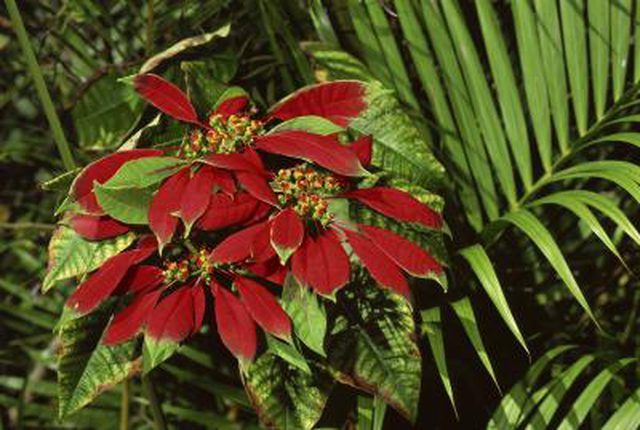Bulbs
Flower Basics
Flower Beds & Specialty Gardens
Flower Garden
Garden Furniture
Garden Gnomes
Garden Seeds
Garden Sheds
Garden Statues
Garden Tools & Supplies
Gardening Basics
Green & Organic
Groundcovers & Vines
Growing Annuals
Growing Basil
Growing Beans
Growing Berries
Growing Blueberries
Growing Cactus
Growing Corn
Growing Cotton
Growing Edibles
Growing Flowers
Growing Garlic
Growing Grapes
Growing Grass
Growing Herbs
Growing Jasmine
Growing Mint
Growing Mushrooms
Orchids
Growing Peanuts
Growing Perennials
Growing Plants
Growing Rosemary
Growing Roses
Growing Strawberries
Growing Sunflowers
Growing Thyme
Growing Tomatoes
Growing Tulips
Growing Vegetables
Herb Basics
Herb Garden
Indoor Growing
Landscaping Basics
Landscaping Patios
Landscaping Plants
Landscaping Shrubs
Landscaping Trees
Landscaping Walks & Pathways
Lawn Basics
Lawn Maintenance
Lawn Mowers
Lawn Ornaments
Lawn Planting
Lawn Tools
Outdoor Growing
Overall Landscape Planning
Pests, Weeds & Problems
Plant Basics
Rock Garden
Rose Garden
Shrubs
Soil
Specialty Gardens
Trees
Vegetable Garden
Yard Maintenance
How to Prune a 10-Foot Poinsettia
How to Prune a 10-Foot Poinsettia. That cute little poinsettia (Euphorbia pulcherrima) that graced your mantel in winter can quickly become a behemoth when you plant it outdoors in spring in U.S. Department of Agriculture plant hardiness zones 9 through 11. Poinsettias sold as holiday houseplants are forced into bloom at 1 to 2 feet tall, but they...

That cute little poinsettia (Euphorbia pulcherrima) that graced your mantel in winter can quickly become a behemoth when you plant it outdoors in spring in U.S. Department of Agriculture plant hardiness zones 9 through 11. Poinsettias sold as holiday houseplants are forced into bloom at 1 to 2 feet tall, but they are naturally shrubs that can reach 10 feet tall in a single growing season. Prune outdoor poinsettias in early spring after the bright flowerlike bracts fade and drop.
Things You'll Need
Household antiseptic cleaner
Bypass pruners
Loppers
Paper towels
Gloves
Spray the blades of your pruning tools with a household antiseptic cleaner. Wipe the blades dry with paper towels. This removes plant disease pathogens that you could spread to your poinsettia.
Put on gloves. Poinsettias release a latex-based sap when cut that can cause a skin rash.
Cut the entire poinsettia down to 12 to 18 inches from the ground with loppers or hand pruners. Loppers may be necessary when the lower stems of the poinsettia are woody. Cut any stems that were nipped by frost all the way back to live wood -- scratching into the bark with your fingernail until you come to wood with green behind the bark. Do this in spring.
Prune the stems back again, leaving four leaves on each shoot when the plant has put on 12 inches of new growth. Two new shoots emerge from each cut.
Pinch back the tips of terminal shoots with gloved fingers each time a new shoot puts on 12 inches of growth. Stop in mid-August or you risk removing the buds that form the colorful bracts and tiny flowers for the plant's winter show.
Tips & Warnings
Poinsettias planted outdoors need to be in an area where nighttime darkness isn't interrupted by lights from windows, street or porch lights, or even the sweep of headlights up the driveway, to set buds in fall.
"Advent Red" poinsettia is a cultivar bred to have stronger stems and more disease resistance to stand up better to outdoor conditions.
Poinsettias are not toxic, even if you ate 500 to 600 leaves. You should still keep them out of reach of children or pets because of the latex sap.